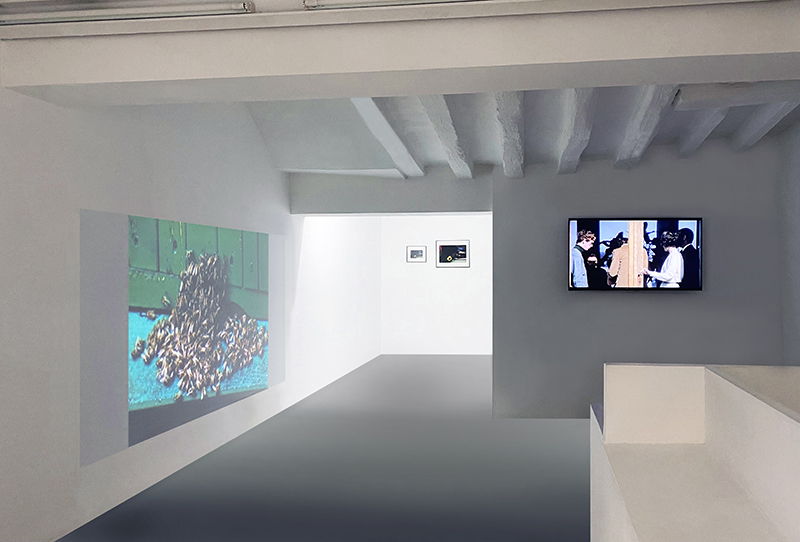
Collective projection, ZOOM Projection IV – ‘‘ the fauna and flora ’’ show a diversity in the approach to life. The fragility of flowers, symbol of beauty and metaphor for ephemeral human relationships for Clarisse Pillard. The contemplation of nature and wild as well as domesticated animals for Eugénie Touzé who records natural staging that will never return. The social animal concept of Aristotle seen through a plan on a family cell and put in parallel with a spiritual family; that of Jesus and his apostles, for Laurent Fiévet. The body as a geometric and measuring instrument of a vanished world with the invention of the metric system by Leïla Pile. The isolation and liberation of women from a solitary interior to a natural exterior buzzing with bees for Marta Skoczeń…
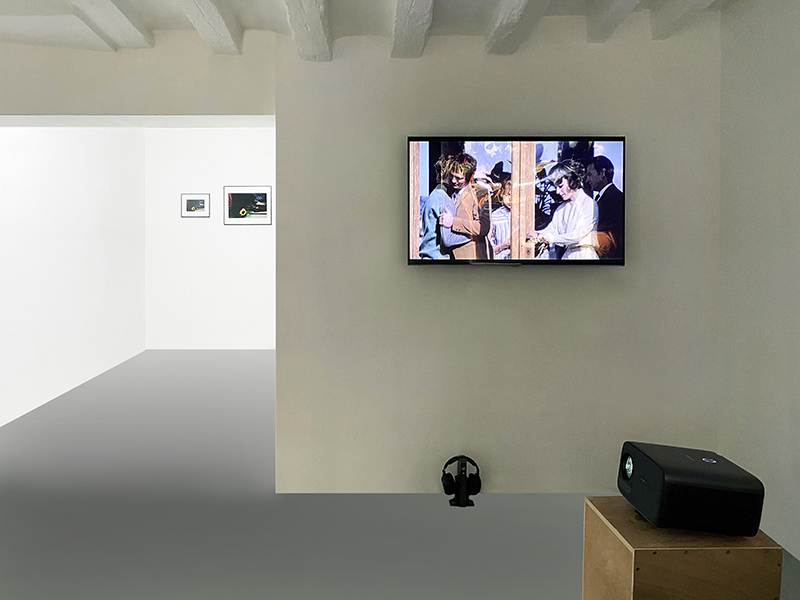
Marta Skoczeń, Sunfower at Jourdain, 2022, inkjet printing on Hahnemühle Photo Rag Ultrasmooth 305g paper, glued on 1mm aluminium,
12 x 19 cm or 26 x 40 cm without frame, edition of 5 + 2 AP
Laurent Fiévet, L’Arrestation, 2019, video loop, colour, sound, 21’, edition of 5 + 2 AP
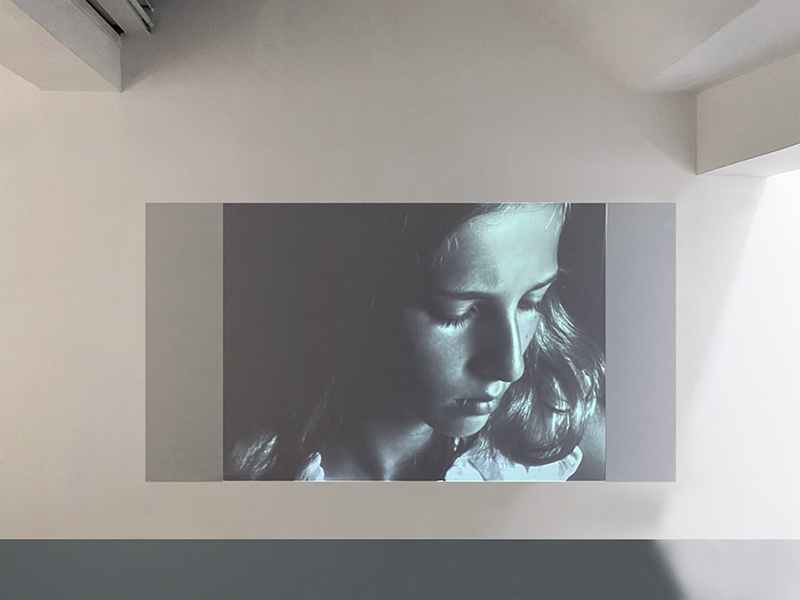
Marta Skoczeń, The Nest, 2019, video, DV PAL, sound, colour, 5’, edition of 5 + 2 AP
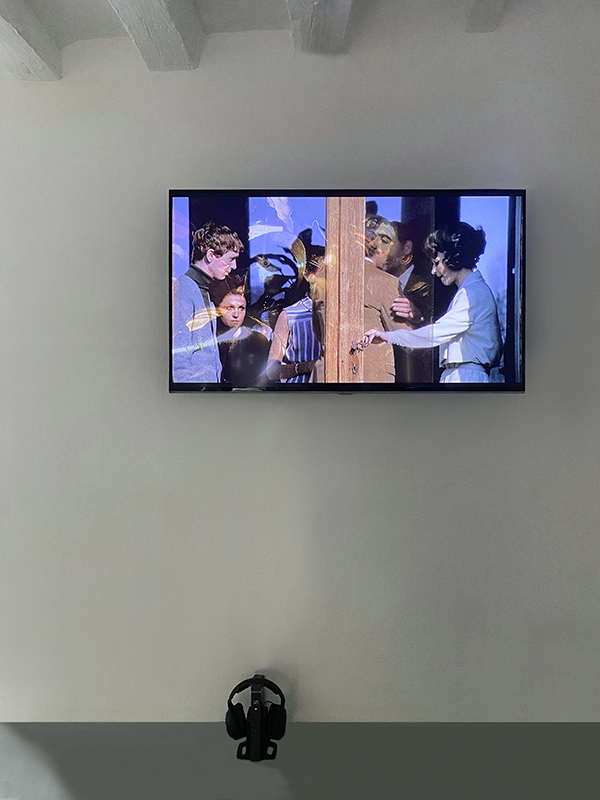
Laurent Fiévet, L’Arrestation, 2019, video loop, colour, sound, 21’, edition of 5 + 2 AP
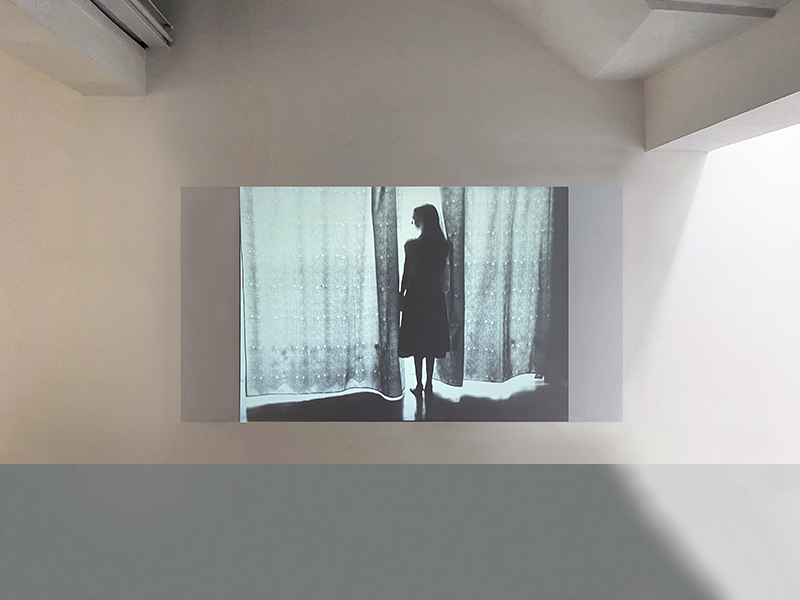
Marta Skoczeń, The Nest, 2019, video, DV PAL, sound, colour, 5’, edition of 5 + 2 AP
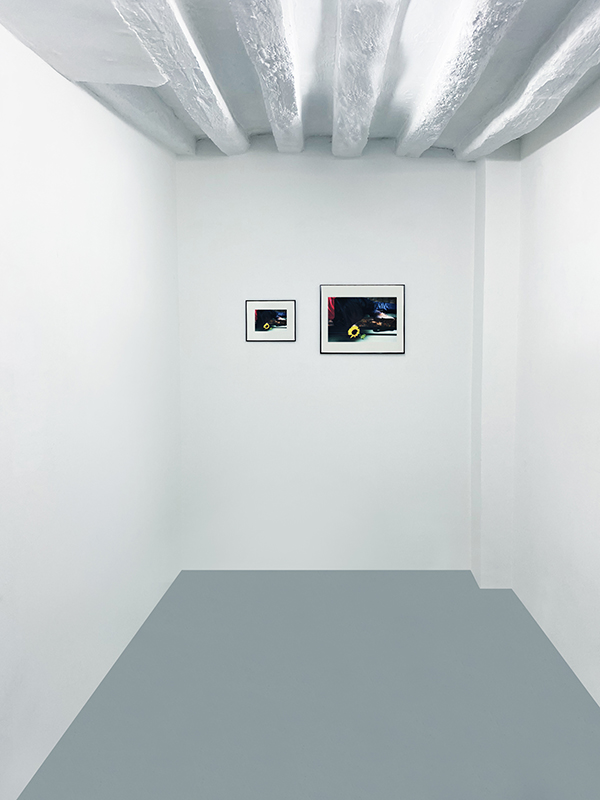
Marta Skoczeń, Sunfower at Jourdain, 2022, inkjet printing on Hahnemühle Photo Rag Ultrasmooth 305g paper, glued on 1mm aluminium, 12 x 19 cm or 26 x 40 cm without frame, edition of 5 + 2 AP
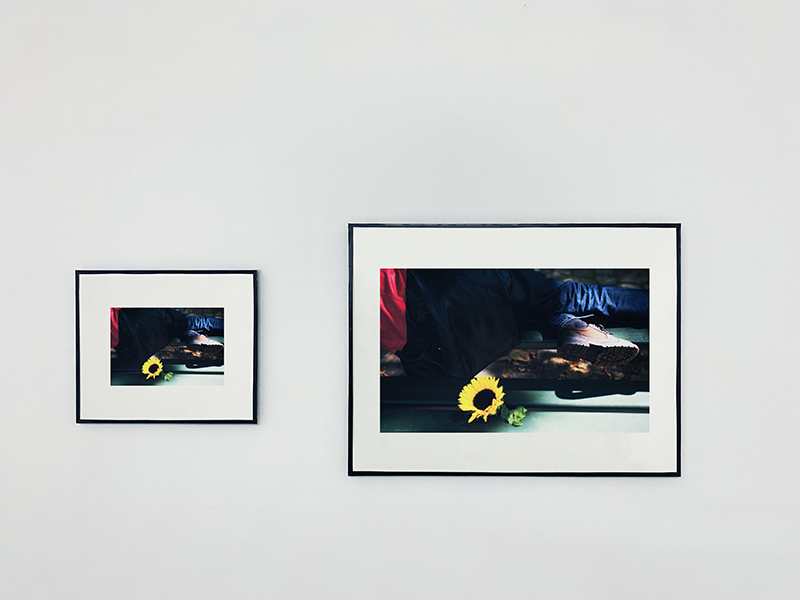
Marta Skoczeń, Sunfower at Jourdain, 2022, inkjet printing on Hahnemühle Photo Rag Ultrasmooth 305g paper, glued on 1mm aluminium,
12 x 19 cm or 26 x 40 cm without frame, edition of 5 + 2 AP
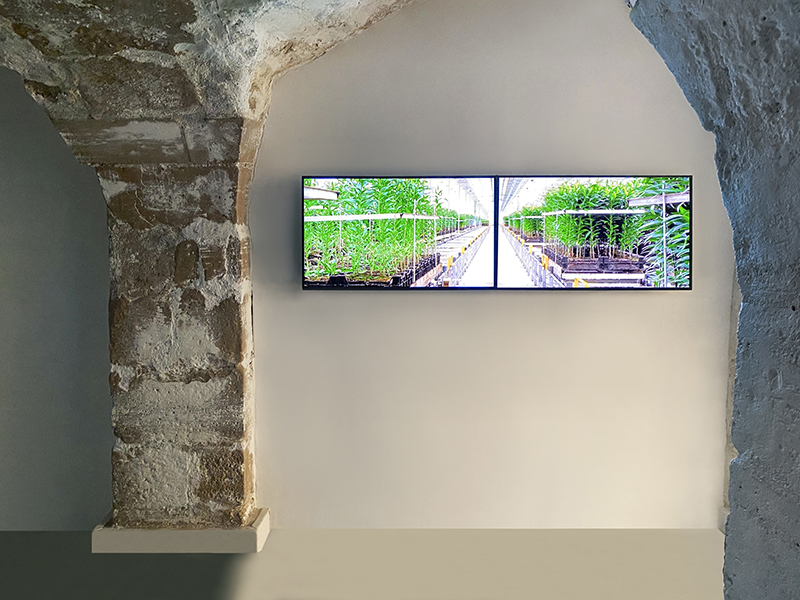
Clarisse Pillard, thank you, they are beautiful, 2025, 2 HD videos 1920 x 1080 synchronized on 2 horizontal screens,
colour, stereo sound, 8’45’’, edition of 5 + 2 AP
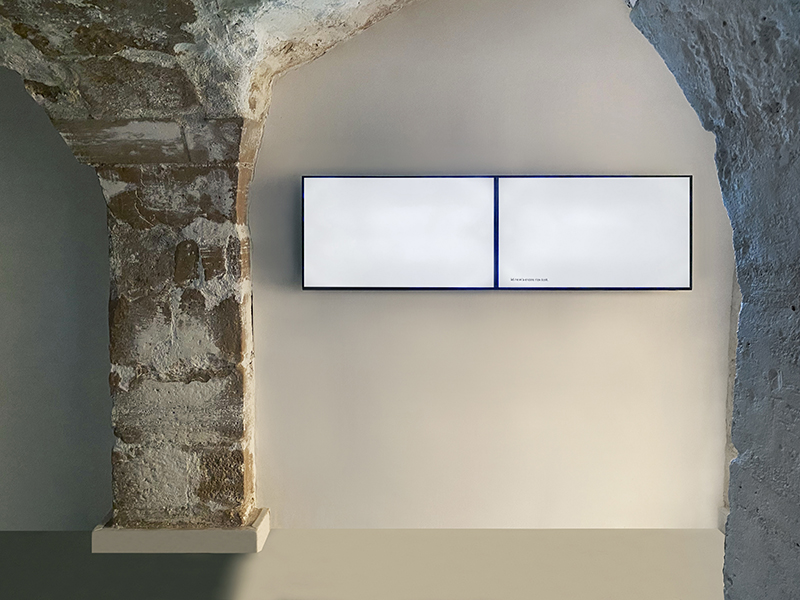
Clarisse Pillard, thank you, they are beautiful, 2025, 2 HD videos 1920 x 1080 synchronized on 2 horizontal screens,
colour, stereo sound, 8’45’’, edition of 5 + 2 AP
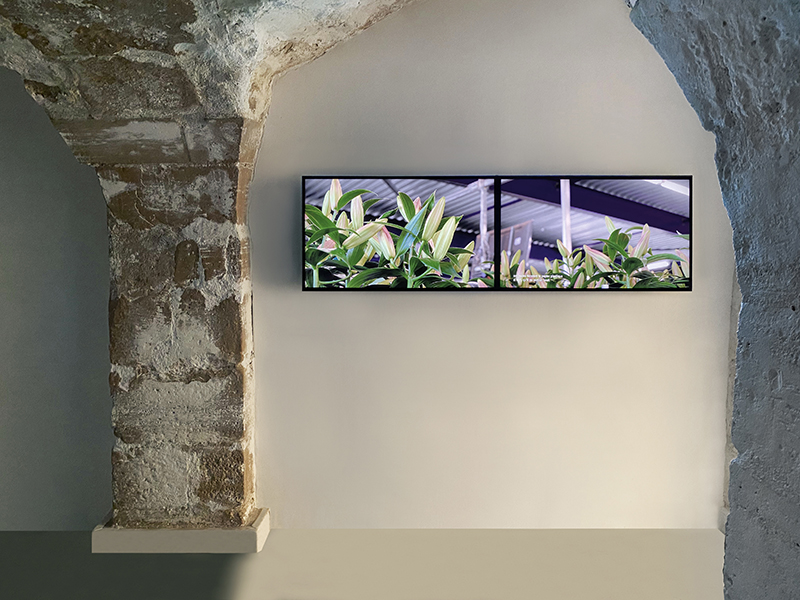
Clarisse Pillard, thank you, they are beautiful, 2025, 2 HD videos 1920 x 1080 synchronized on 2 horizontal screens,
colour, stereo sound, 8’45’’, edition of 5 + 2 AP
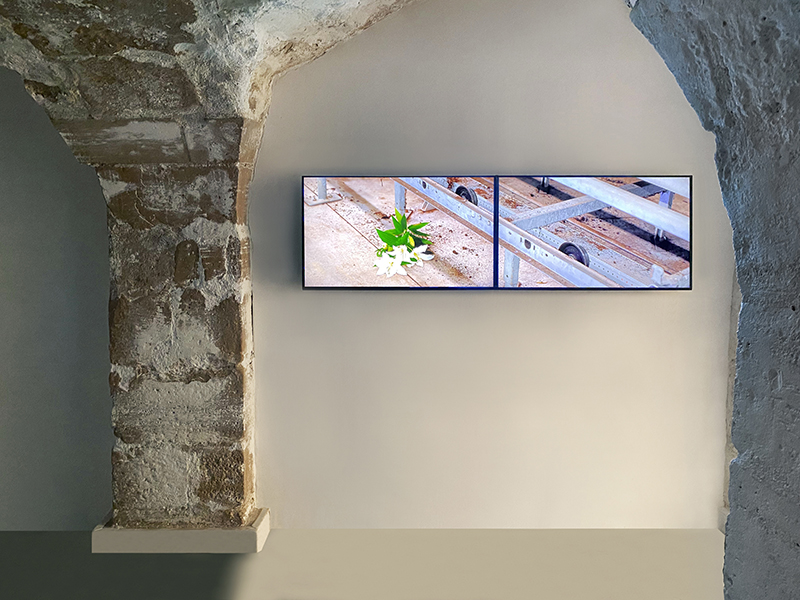
Clarisse Pillard, thank you, they are beautiful, 2025, 2 HD videos 1920 x 1080 synchronized on 2 horizontal screens,
colour, stereo sound, 8’45’’, edition of 5 + 2 AP
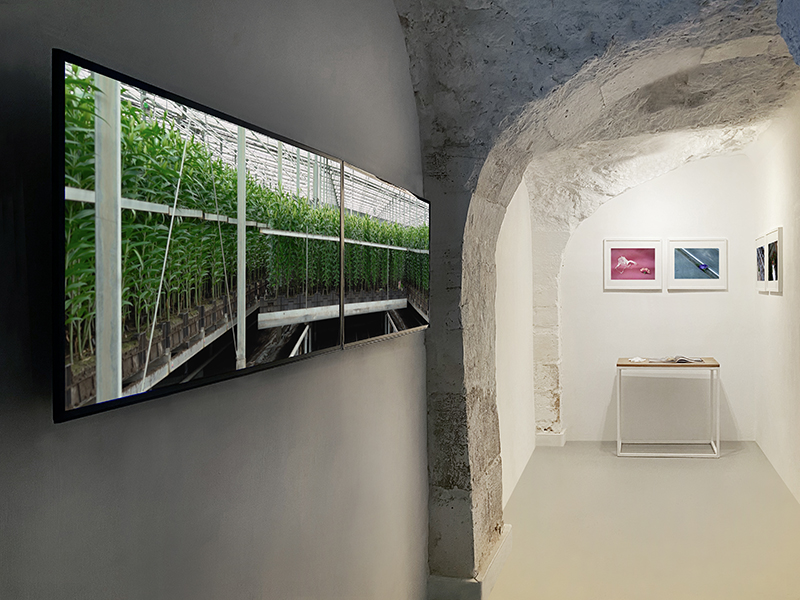
Clarisse Pillard, thank you, they are beautiful, 2025, 2 HD videos 1920 x 1080 synchronized on 2 horizontal screens,
colour, stereo sound, 8’45’’, edition of 5 + 2 AP
I heard that without pain there ain’t no gain, 2022, photo book, 80 pages, mate inkjet printing on Novalith Classic Mat 160gr paper (from the installation if only flowers could talk, 23 x 30 cm, graphism Adèle Pavia, edition of 20 + 3 AP
I heard that without pain there ain’t no gain n°17, 2022, photographic printing, mate inkjet printing on Novalith Classic Mat 160gr paper, frame,
26 x 40 cm without frame, edition of 5 + 2 AP
I heard that without pain there ain’t no gain n°13, 2022, photographic printing, mate inkjet printing on Novalith Classic Mat 160gr paper, frame,
26 x 40 cm without frame, edition of 5 + 2 AP
I heard that without pain there ain’t no gain n°14, 2022, photographic printing, mate inkjet printing on Novalith Classic Mat 160gr paper, frame,
26 x 40 cm without frame, edition of 5 + 2 AP
I heard that without pain there ain’t no gain n°19, 2022, photographic printing, mate inkjet printing on Novalith Classic Mat 160gr paper, frame,
26 x 40 cm without frame, edition of 5 + 2 AP
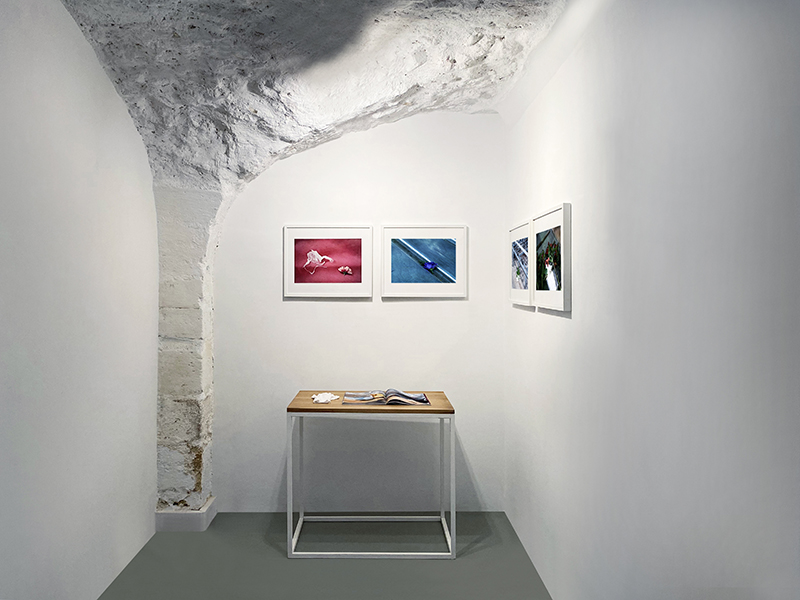
Clarisse Pillard, I heard that without pain there ain’t no gain, 2022, photo book, 80 pages, mate inkjet printing on Novalith Classic Mat 160gr paper (from the installation if only flowers could talk, 23 x 30 cm, graphism Adèle Pavia, edition of 20 + 3 AP
I heard that without pain there ain’t no gain n°17, 2022, photographic printing, mate inkjet printing on Novalith Classic Mat 160gr paper, frame,
26 x 40 cm without frame, edition of 5 + 2 AP
I heard that without pain there ain’t no gain n°13, 2022, photographic printing, mate inkjet printing on Novalith Classic Mat 160gr paper, frame,
26 x 40 cm without frame, edition of 5 + 2 AP
I heard that without pain there ain’t no gain n°14, 2022, photographic printing, mate inkjet printing on Novalith Classic Mat 160gr paper, frame,
26 x 40 cm without frame, edition of 5 + 2 AP
I heard that without pain there ain’t no gain n°19, 2022, photographic printing, mate inkjet printing on Novalith Classic Mat 160gr paper, frame,
26 x 40 cm without frame, edition of 5 + 2 AP
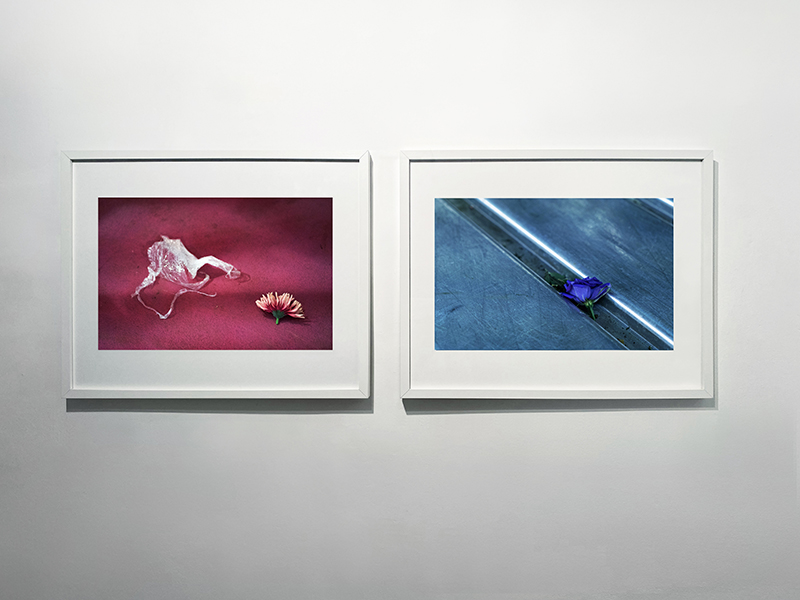
Clarisse Pillard, I heard that without pain there ain’t no gain n°17, 2022, photographic printing,
mate inkjet printing on Novalith Classic Mat 160gr paper, frame, 26 x 40 cm without frame, edition of 5 + 2 AP
I heard that without pain there ain’t no gain n°13, 2022, photographic printing, mate inkjet printing on Novalith Classic Mat 160gr paper, frame,
26 x 40 cm without frame, edition of 5 + 2 AP

Clarisse Pillard, I heard that without pain there ain’t no gain n°14, 2022, photographic printing,
mate inkjet printing on Novalith Classic Mat 160gr paper, frame, 26 x 40 cm without frame, edition of 5 + 2 AP
I heard that without pain there ain’t no gain n°19, 2022, photographic printing, mate inkjet printing on Novalith Classic Mat 160gr paper, frame,
26 x 40 cm without frame, edition of 5 + 2 AP
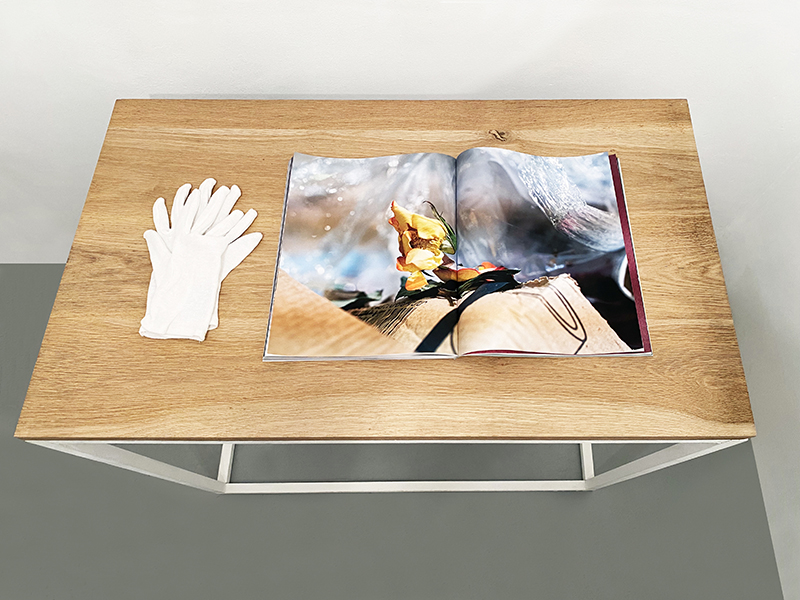
Clarisse Pillard, I heard that without pain there ain’t no gain, 2022, photo book, 80 pages, mate inkjet printing on Novalith Classic Mat 160gr paper (from the installation if only flowers could talk, 23 x 30 cm, graphism Adèle Pavia, edition of 20 + 3 AP
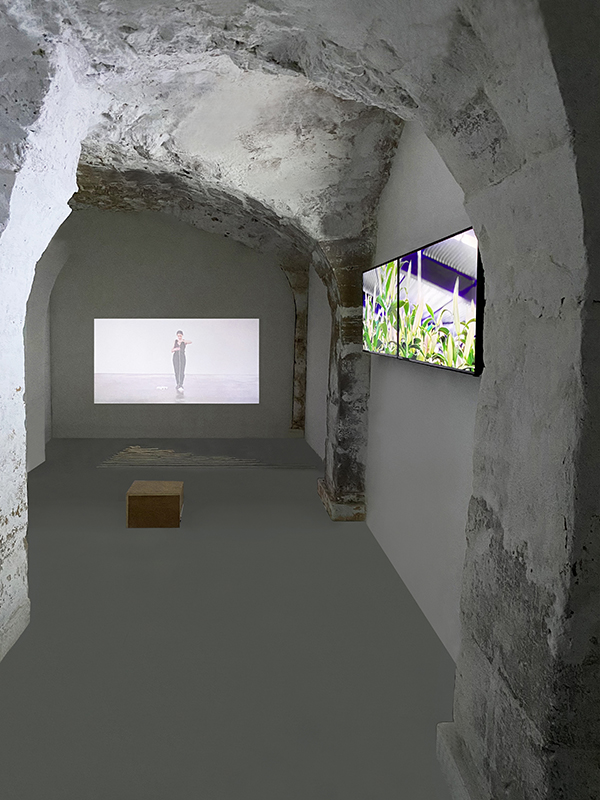
Leïla Pile, Corder, 2023, video performance, colour, mute, 35’, edition of 5 + 2 AP. Skeins, variable dimensions
Clarisse Pillard, thank you, they are beautiful, 2025, 2 HD videos 1920 x 1080 synchronized on 2 horizontal screens, colour, stereo sound, 8’45’’, edition of 5 + 2 AP
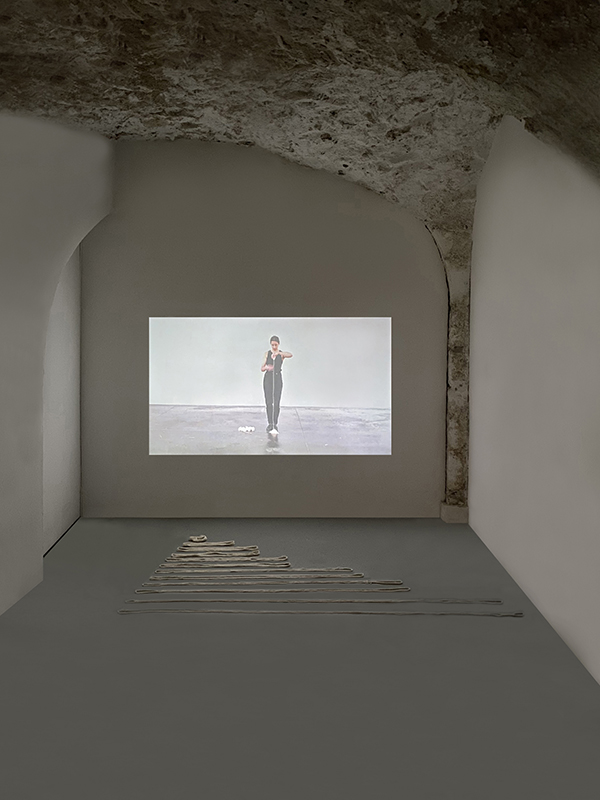
Leïla Pile, Corder, 2023, video performance, colour, mute, 35’, edition of 5 + 2 AP. Skeins, variable dimensions
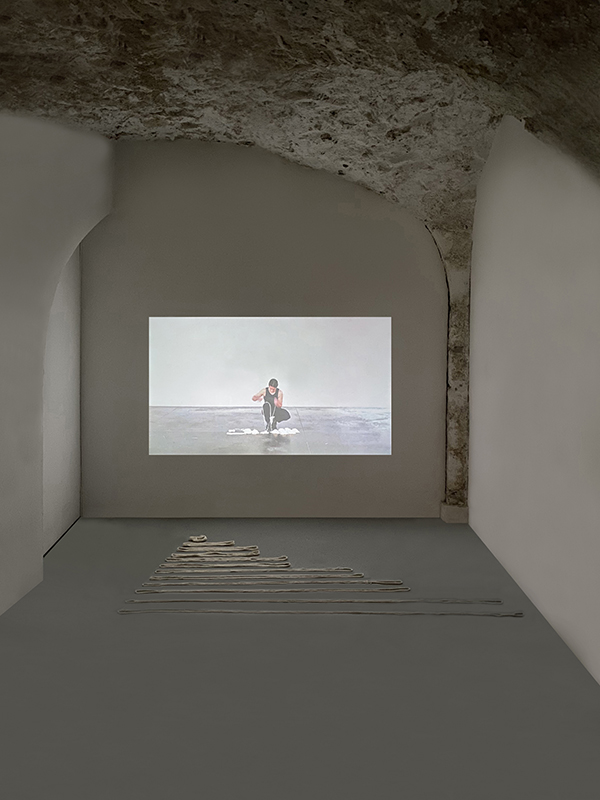
Leïla Pile, Corder, 2023, video performance, colour, mute, 35’, edition of 5 + 2 AP. Skeins, variable dimensions
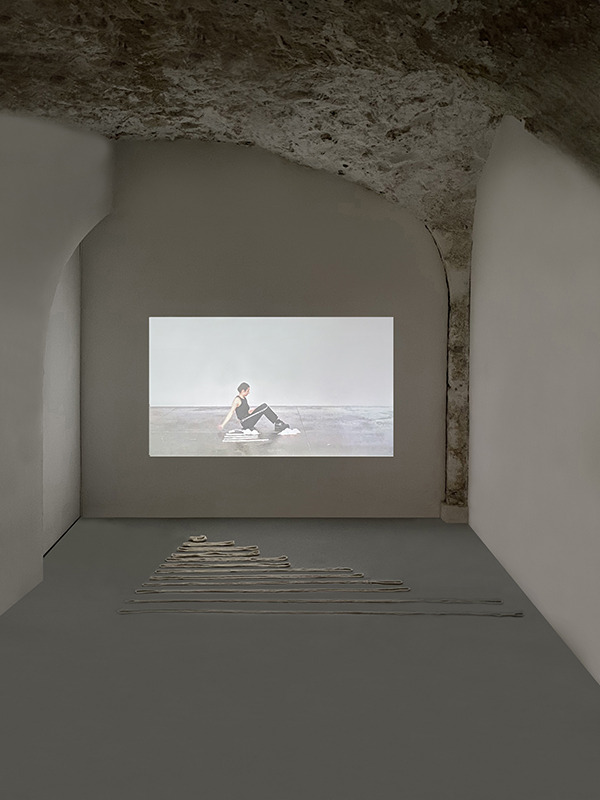
Leïla Pile, Corder, 2023, video performance, colour, mute, 35’, edition of 5 + 2 AP. Skeins, variable dimensions
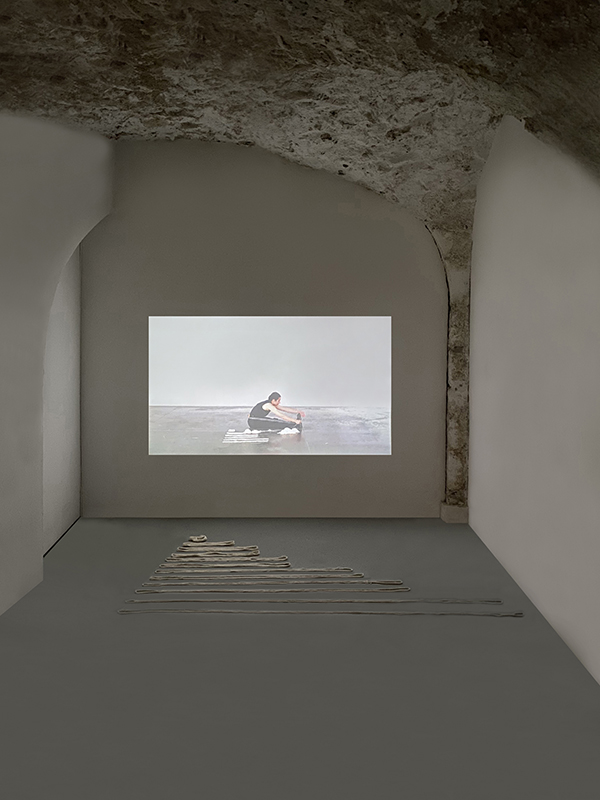
Leïla Pile, Corder, 2023, video performance, colour, mute, 35’, edition of 5 + 2 AP. Skeins, variable dimensions
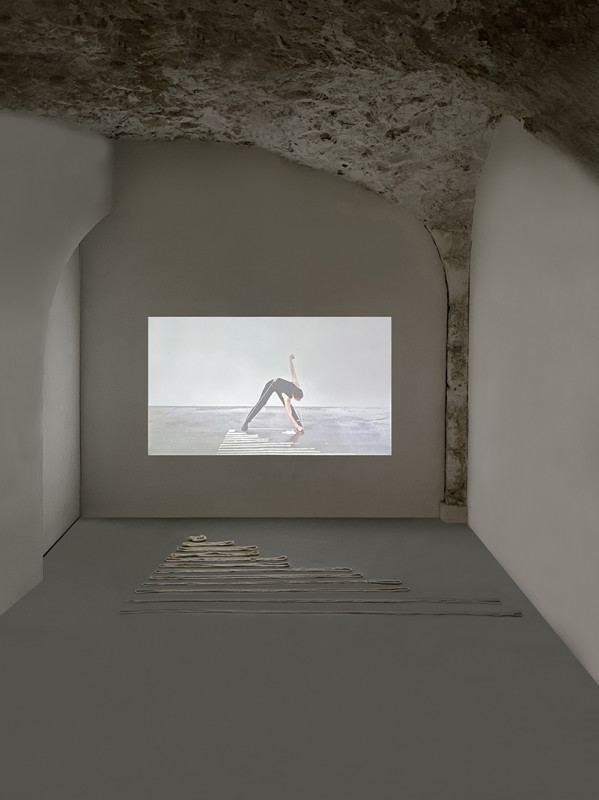
Leïla Pile, Corder, 2023, video performance, colour, mute, 35’, edition of 5 + 2 AP. Skeins, variable dimensions

Eugénie Touzé, Des bêtes effleurées, 2023, HD video, colour, stereo sound, 36’, edition of 3 + 1 AP
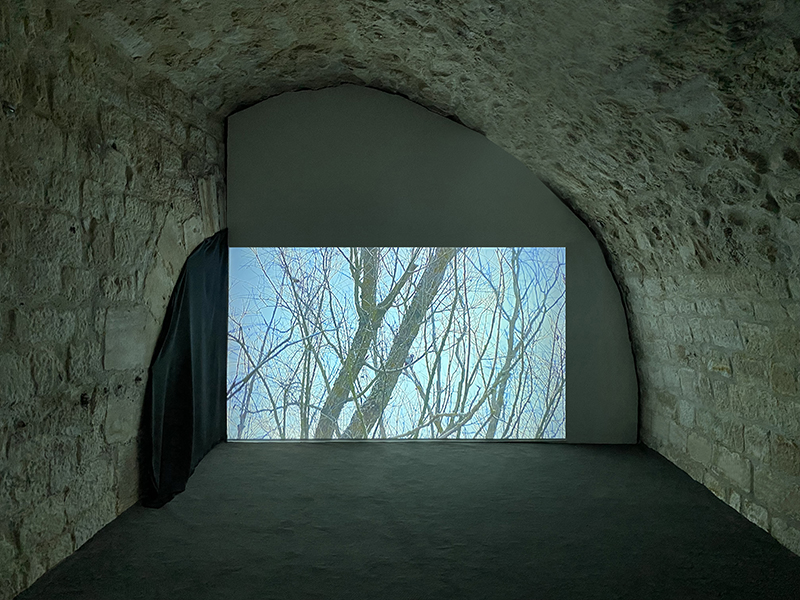
Eugénie Touzé, Des bêtes effleurées, 2023, HD video, colour, stereo sound, 36’, edition of 3 + 1 AP
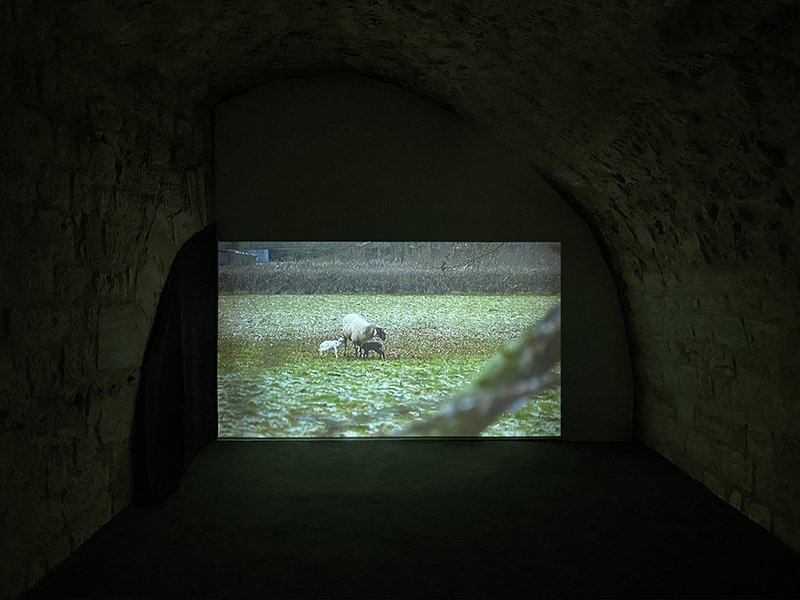
Eugénie Touzé, Des bêtes effleurées, 2023, HD video, colour, stereo sound, 36’, edition of 3 + 1 AP

Eugénie Touzé, Des bêtes effleurées, 2023, HD video, colour, stereo sound, 36’, edition of 3 + 1 AP
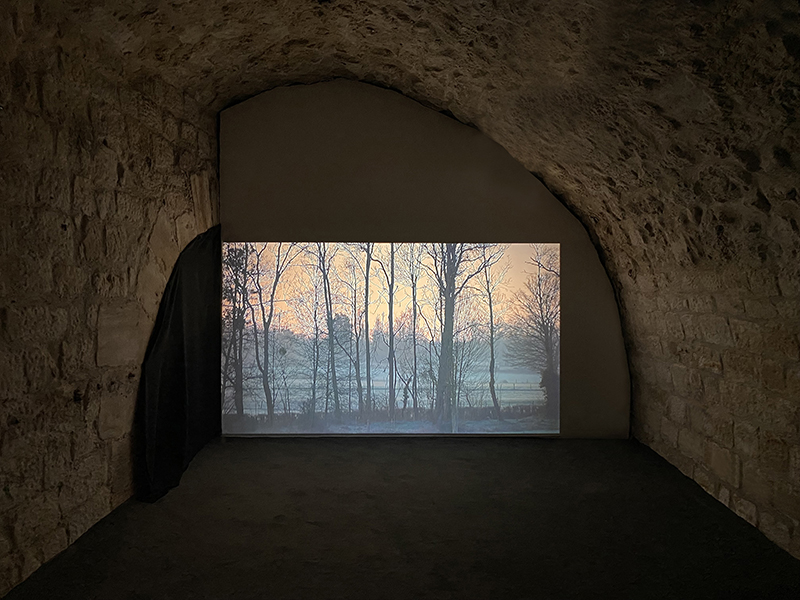
Eugénie Touzé, Des bêtes effleurées, 2023, HD video, colour, stereo sound, 36’, edition of 3 + 1 AP
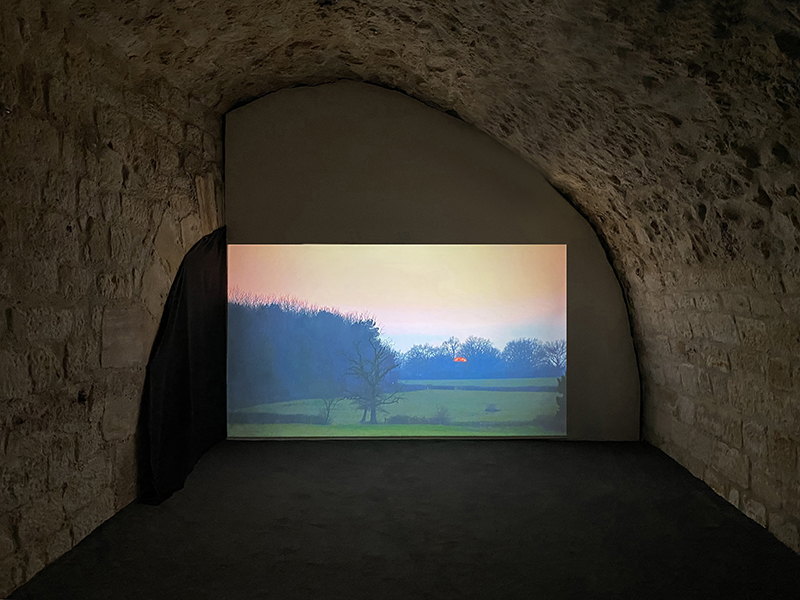
Eugénie Touzé, Des bêtes effleurées, 2023, HD video, colour, stereo sound, 36’, edition of 3 + 1 AP
73-75 rue Quincampoix 75003 Paris France
Tuesday – Saturday 2 pm – 7 pm and with rendez vous
tel : +33 (0)1 42 77 05 97
www.galeriedohyanglee.com
